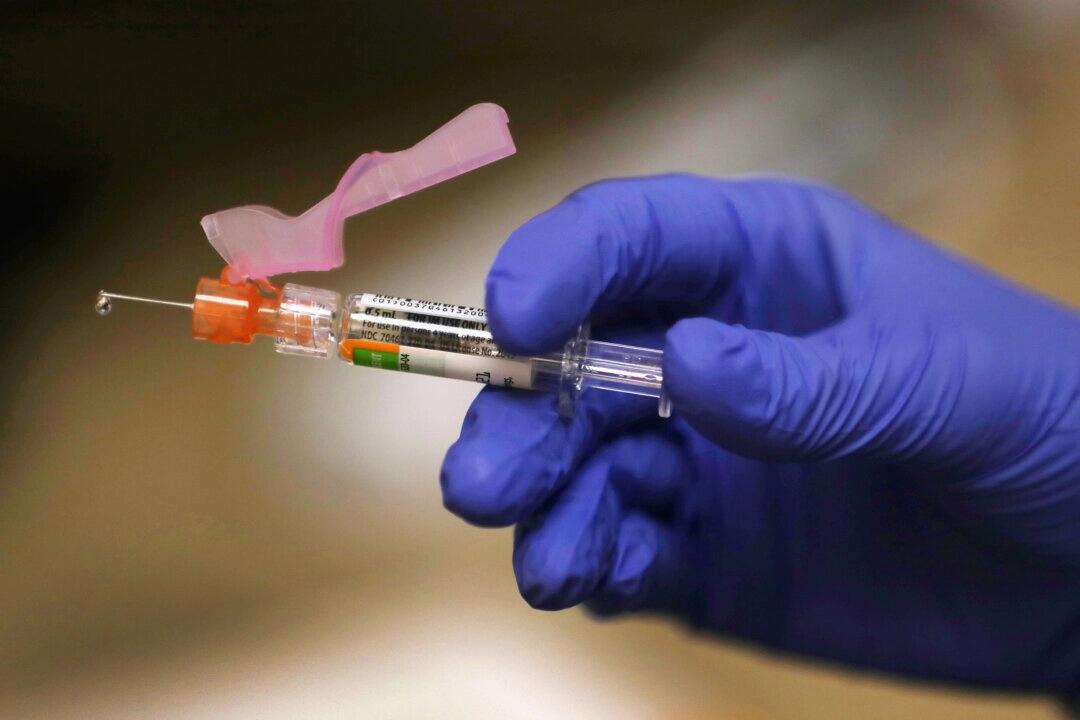Harmful Food Additives
MSG - Monosodium glutamate
Monosodium glutamate (MSG), also known as sodium glutamate, is a sodium salt of glutamic acid. MSG is found naturally in some foods including tomatoes and cheese in this glutamic acid form. MSG is used in cooking as a flavor enhancer with a savory taste that intensifies the umami flavor of food, as naturally occurring glutamate does in foods such as stews and meat soups.
Tere are a LOT of other poisons that need to be removed from our foods. MSG, an excitotoxin (sp?) with serious health concerns, can be legally labeled as about 20 different names, many of which sound innocuous or even healthy.
Alternative names for MSG:
◦ Glutamic Acid (E 620)2
◦ Glutamate (E 620)
◦ Monosodium Glutamate (E 621)
◦ Monopotassium Glutamate (E 622)
◦ Calcium Glutamate (E 623)
◦ Monoammonium Glutamate (E 624)
◦ Magnesium Glutamate (E 625)
◦ Natrium Glutamate
◦ Yeast Extract
◦ Anything “Hydrolyzed”
◦ Calcium Caseinate
◦ Sodium Caseinate
◦ Autolyzed Yeast
◦ Gelatin
◦ Textured Protein
◦ Soy Protein Isolate
◦ Whey Protein Isolate
◦ Vetsin
◦ Ajinomoto
AND MSG (even at its lowest dose) has been proven in both human and animal studies to to lead to:
◦ Central nervous system disorders
◦ Hepatic damage
◦ Obesity
◦ Metabolic disorders
◦ Brain damage
◦ Reproductive organ damage
◦ Alzheimer’s Disease
◦ Brain tumors
◦ Schizophrenia
◦ Dementia
◦ Anxiety
◦ Tourette Syndrome
◦ Huntington Disease
◦ Multiple Sclerosis
◦ Parkinson’s Disease
◦ Epilepsy
◦ Fibromyalgia
◦ Fatty liver
◦ High insulin
◦ High cholesterol
◦ High blood pressure
◦ Disturbance to the gut-brain connection
Here’s a ranked list of the most harmful FDA GRAS chemicals based on:
- Toxicity (carcinogenicity, endocrine disruption, organ damage)
- Typical consumption patterns (how common they are in food)
- Regulatory status elsewhere (banned in EU, Canada, etc.)
🗂️ Tier 1: Most Dangerous & Widely Consumed (Avoid at All Costs)
1. Potassium Bromate
- Why? Confirmed carcinogen (thyroid/kidney tumors in animals); banned in EU/UK/Canada/China but still used in U.S. bread.
- Found in:
- Fast-food buns (e.g., some McDonald’s, Wendy’s in past)
- Bagels, rolls, flour additives
- Some processed baked goods (check "bromated flour")
2. Artificial Food Dyes (Red 40, Yellow 5, Yellow 6, Blue 1, etc.)
- Why? Neurobehavioral effects in kids (hyperactivity, ADHD-like symptoms); some contain carcinogenic contaminants.
- Found in:
- Red 40: Skittles, M&Ms, Gatorade
- Yellow 5 & 6: Kraft Mac & Cheese, Mountain Dew
- Blue 1: Jell-O, PetSmart pet treats
- Banned in EU (must have warning labels).
3. Titanium Dioxide (E171, Nano-TiO₂)
- Why? Nanoparticles linked to DNA damage, inflammatory bowel disease; banned in EU (2022).
- Found in:
- Dunkin’ Donuts powdered sugar
- Skittles (until recently), Starbursts
- Some coffee creamers & processed cheeses
4. BHA & BHT (Preservatives)
- Why? BHA is a known animal carcinogen (NTP), BHT may disrupt hormones.
- Found in:
- BHA: Chewing gum (e.g., Trident), potato chips, sausages
- BHT: Cereals (Rice Krispies), rubbery processed meats
5. Propylparaben
- Why? Estrogen mimic, linked to breast cancer, sperm damage; banned in EU foods.
- Found in:
- Tortillas (Mission brand in past), muffins, cake mixes
🗂️ Tier 2: Moderately Dangerous but Still Concerning
6. Carrageenan
- Why? Inflammatory bowel effects, gut irritation (even in "food-grade" form).
- Found in:
- Almond milk (Blue Diamond), vegan cheeses, yogurt
7. Brominated Vegetable Oil (BVO)
- Why? Bromine toxicity (thyroid, nerve damage).
- Found in:
- Mountain Dew, Sun Drop, some store-brand citrus sodas
8. Artificial Sweeteners (Aspartame, Saccharin, Sucralose)
- Why? Aspartame now labeled "possibly carcinogenic" (WHO 2023); gut microbiome disruption.
- Found in:
- Aspartame: Diet Coke, Sugar-free Jell-O
- Sucralose: Splenda, baked "sugar-free" goods
🗂️ Tier 3: Less Toxic But Still Unnecessary Risks
9. Partially Hydrogenated Oils (Minimal Residual Trans Fats)
- Why? Still allowed in tiny amounts, despite heart disease risks.
- Found in:
- Some margarines, processed baked goods
10. Propylene Glycol Alginate (PGA)
- Why? Suspected gut irritant, but less studied.
- Found in:
- Beer foam stabilizer, creamy salad dressings
🔥 Other Toxic GRAS Chemicals Often Overlooked:
- Azodicarbonamide (used in Subway bread before backlash, still in some breads)
- Sodium Benzoate & Potassium Sorbate (linked to hyperactivity, DNA damage in combo with vitamin C)
- Polysorbate 80 & Carboxymethylcellulose (CMC) (emulsifiers linked to gut inflammation)
📌 Where to Find These? (Brand Examples)
(Note: Some brands have phased these out due to bad PR, but check newer imports/generics.)
Chemical
Found In (Brand Examples)
Potassium Bromate
Some Papa John’s crust, store-brand breads
Red 40
Trix cereal, Jell-O, Pediasure
BHA
Slim Jims, Frosted Flakes (if preserved)
Titanium Dioxide
Hostess Donettes, some Starbucks pastries
Carrageenan
Silk Almond Milk (older versions), Wegmans yogurt
🚨 Why Are These Still Legal?
- GRAS loophole: Companies self-certify safety without FDA review.
- "Safe at low doses" argument (ignores cumulative exposure).
- Industry lobbying (e.g., soda companies vs. BVO bans).
💡 How to Avoid?
- Eat whole, unprocessed foods.
- Buy organic (many synthetic additives prohibited).
- Check labels. If you can't pronounce it, be skeptical.
Related Articles
Please log in to post a comment:



